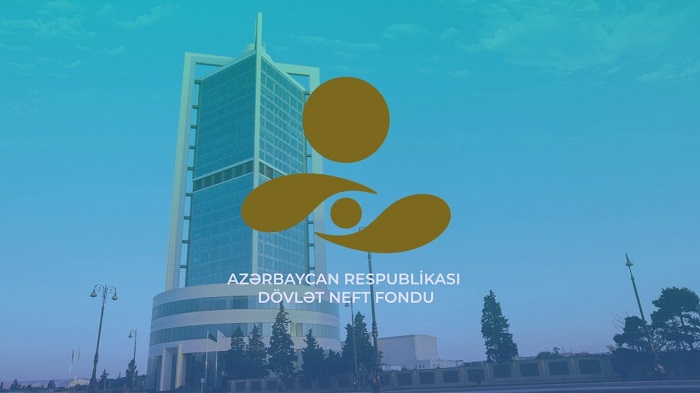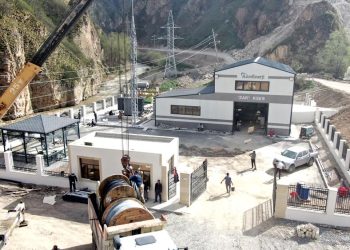Ten years ago, Russia’s Gazprom was sitting pretty. It had the world’s largest natural gas reserves and Moscow was about to chair the G8 group of big countries for six months, taking “energy security” as its theme. Gazprom seemed ideally placed to present itself as the reliable alternative to unstable Middle East suppliers.
 Then it cut off gas to Ukraine
Then it cut off gas to Ukraine
A decade later, the event looks like one of the great acts of corporate self-sabotage — especially after Gazprom repeated the move in 2009, hitting onward supplies into the EU. The group badly undermined a reputation for dependability nurtured since Soviet days, and awakened Europe to the idea of Russia using energy as a “weapon”.
Moscow seemed convinced the west would blame Kiev, which was refusing to accept a big price increase. Instead Europe and the US saw it as retribution for Ukraine’s pro-democracy Orange revolution in 2004. It was the first time since the cold war that Russia had put geopolitics ahead of economic interests — foreshadowing events since Ukraine’s second revolution in 2014.
Gazprom’s market value, which in 2008 topped $365bn, is today about $38bn. “People saw Gazprom behaving as an extension of foreign policy rather than as an independent company, and that hurt — and it continues to hurt,” says Chris Weafer, of Macro-Advisory, a Moscow consultancy.
The cut-offs sparked efforts by EU authorities and member states to complete the creation of a European single market in energy, diversify sources of gas, and reduce reliance on Russia. Brussels became cautious towards new Russian pipelines. The shift intensified friction with Gazprom. It blamed Kiev for damaging its reputation in Europe and stepped up its efforts to build pipelines such as Nord Stream and South Stream to bypass Ukraine.
How different would things look for Gazprom now if the disconnections had not happened? In Ukraine, long one of the company’s biggest single export markets, probably very different. Sberbank analysts noted last week that, as late as 2011, Gazprom sold 44.8bn cubic metres (bcm) of gas to Ukraine; last year, it sold 6.2 bcm. As 2016 dawned, Ukraine was buying no gas directly from Gazprom — by choice.
The change is partly due to Ukraine’s post-2014 slump in output. But it also reflects efforts to raise energy efficiency, diversify sources, and buy gas from EU countries (though much is resold Russian gas) via “reverse flows” through pipelines that once pumped gas only westwards. President Petro Poroshenko says Ukraine has weaned itself off “the gas needle on which it had been hooked for decades”.
Yet in Gazprom’s biggest and most lucrative market, volumes are little changed. It exported 158 bcm to European markets outside the former USSR plus Turkey last year, against 154 bcm in 2005. Its share of Europe’s imports fluctuates between a quarter and a third.
And some crucial developments in the European gas market would have happened anyway. The US shale gas boom meant that cheap coal, no longer in demand in America, was shipped across the Atlantic to compete with European gas. Liquefied natural gas from Qatar and elsewhere was sold on trading “hubs”, helping develop a market gas price as an alternative to Gazprom’s oil-linked contract prices.
Mr Weafer says the EU embraced alternative suppliers more enthusiastically than it would have if Gazprom had behaved differently. The tension impeded pipeline projects such as South Stream, which could have helped “lock in” EU customers before competitors — which might soon include Iran — emerged.
Jonathan Stern of the Oxford Institute for Energy Studies sees 2006 as a turning point for a different reason. That year, Gazprom began removing murky discounts for former Soviet neighbours and shifting to a more market-led approach.
Its ability to push up prices has been curbed by competition, arbitration cases brought by west European customers, and the EU’s antitrust case against it. The company has been “dragged kicking and screaming” to a point where “it is absolutely clear what they have to do, which is what everyone else is doing: compete”. Its model today is more commercially realistic, he says.
Yet Gazprom is facing, too, increasing calls from Russian competitors for its gas export monopoly to be removed. Some ministers and officials have talked of splitting it up. Ten years on, the gas behemoth looks far less impregnable to such demands than it once did – reported http://www.ft.com.











